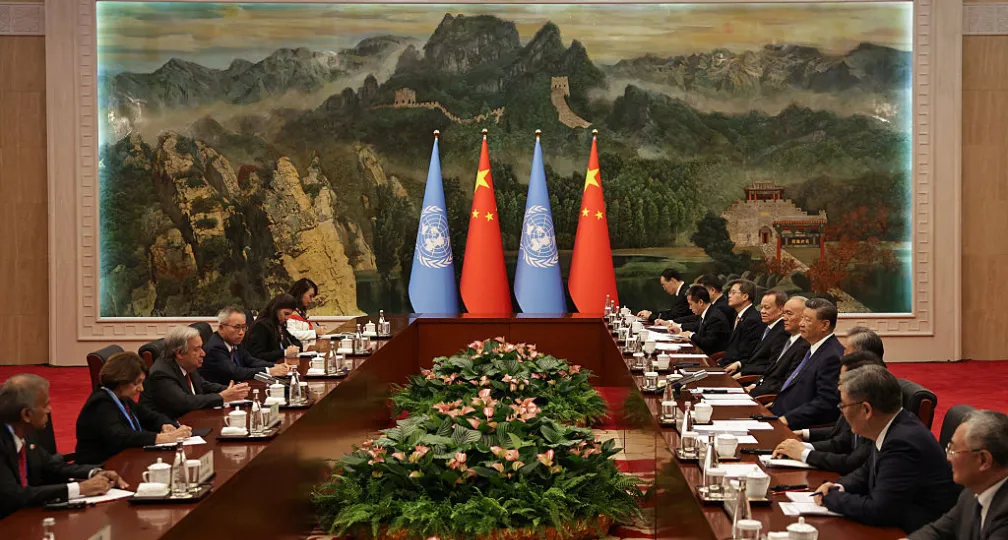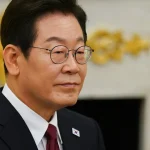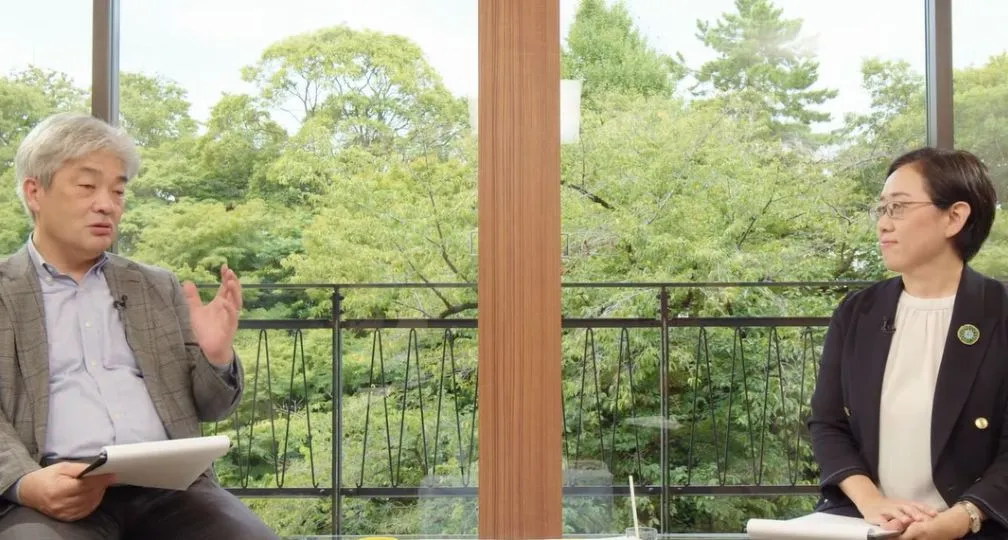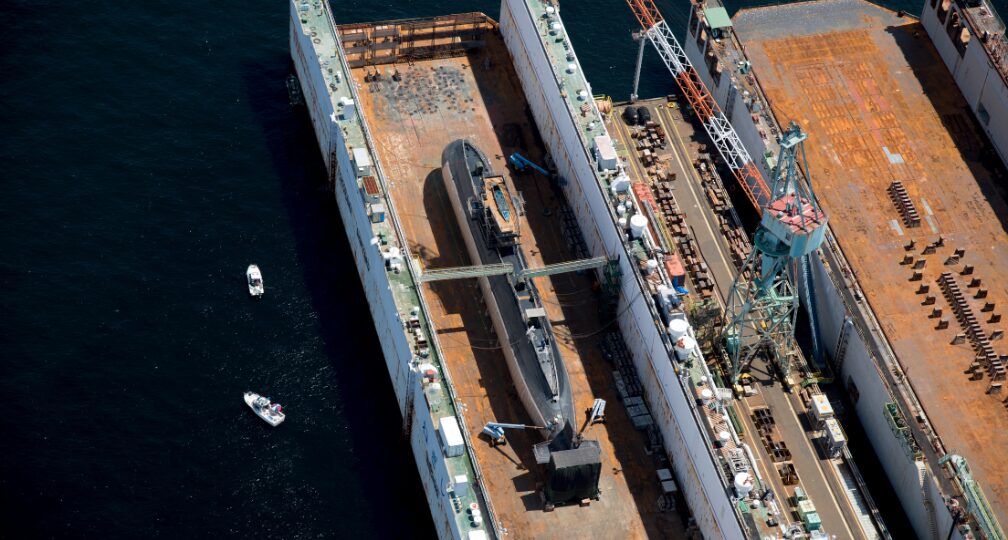New national security strategy needs to respond to realities on three fronts
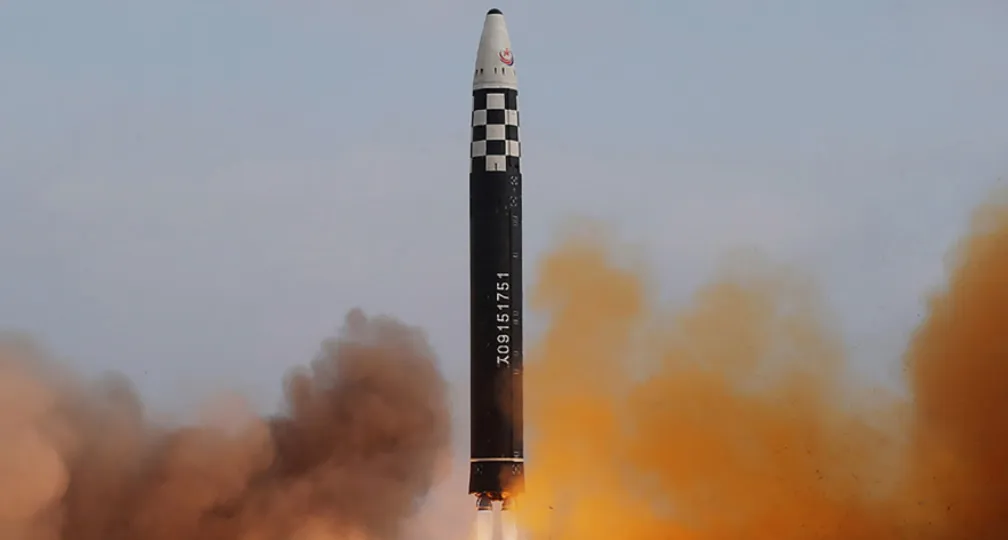
Group Head, International Security Order, Institute of Geoeconomics
Lieutenant General, Japan Air Self-Defense Force (Ret.)
This article was posted to the Japan Times on December 15, 2022:
https://www.japantimes.co.jp/opinion/2022/12/15/commentary/japan-commentary/security-strategy-threats/
The government is in the midst of discussions to revise its three key security-related documents — the National Security Strategy, National Defense Program Guidelines and the Medium-Term Defense Force Buildup Program.
It was in December 2013 that then-Prime Minister Shinzo Abe’s second administration put together Japan’s first National Security Strategy, and since then, the country’s national security environment has changed dramatically.
The liberal international order is in deep retreat, and the world has shifted to a competitive structure between liberal democracy and authoritarian regimes, as symbolized by the confrontation between the United States and China.
Russia’s invasion of Ukraine in February demonstrates the fact that large-scale military conflicts between major powers are a realistic threat.
Japan needs to prepare to cope with three fronts: China, which is aiming to annex Taiwan with its huge economic and military power; North Korea, which is vigorously pushing forward with strengthening its nuclear and missile capabilities; and Russia, a major nuclear weapon state which is engaged in a war.
On the other hand, the U.S., Japan’s only ally faced with a relative decline of national power and a domestic divide, is showing its intention to depend on joining forces with its allies including Japan and partner countries.
Moreover, because of remarkable progress in information and communication technologies, means of waging a war are expanding from conventional domains of land, sea and air to space and cyberspace, and even further to cognitive warfare.
Future warfare will inevitably become a comprehensive war mobilizing all tools — not only military but also diplomacy, economy, information and technology.
Taking such factors into account, the new national security strategy must shift to realistic strategies that cope with and deter existing threats.
Japan should specifically assess situations that the country may face and look at how to fight against them and prepare for threats by comprehensively guiding required capabilities and systems and investing necessary resources.
At the same time, the new strategy should serve as a declaration to the international community of Japan’s determination and path to protect peace and stability in the Indo-Pacific region.
Coping with threats
The most important issue regarding the new strategy is how it can come up with realistic ways to cope with existing threats.
In other words, it is an answer that comes out of work to craft the optimal tools and methods for identifying the most serious threats to the country’s vital interests, deterring them from being actualized and, even if the deterrence fails, minimizing damage to national interests through effective response.
Since the current security strategy was created, what has changed the most for the worse is China, which is stepping up its pursuit of changing the status quo in the Senkaku Islands and the Taiwan Strait amid a boost in military power.
Chinese leader Xi Jinping, who secured a precedent-breaking third term as leader at the Chinese Communist Party’s 20th congress, has made it clear that unification with Taiwan must be fulfilled to achieve the “Chinese Dream,” and that China would never renounce the right to use force to resolve the Taiwan issue.
Many point out that no obvious successor can be seen within the members of the Politburo Standing Committee, all of whom are Xi’s allies, and the Chinese leader, who has effective control over the country, appears to be looking toward securing a fourth term in 2027.
The main focus of Japan’s new strategy will be to prevent the Chinese threat — potential military incursions in the Senkakus or Taiwan — from becoming a reality that harms Japan’s vital interests during that period.
As China becomes increasingly confident of its overwhelming superiority in various missile capabilities and unmanned vehicles, it is extremely difficult under the current situation to make Beijing think a Taiwan contingency would fail due to strong responses from the international community led by Japan and the U.S.
The new strategy must clearly state that no matter what strategies or tactics China comes up with, joint efforts by Taiwan, Japan and the U.S. will force it to face huge costs and risks. This should include using appropriate language in order to deter Xi.
Denuclearization and deterrence
North Korea continues with its attempts to miniaturize nuclear weapons for warheads and install them onto ballistic missiles, and the current National Defense Program Guidelines state that such military developments in the country “pose grave and imminent threats to Japan’s security.”
Meanwhile, the U.S. National Security Strategy released in October says, “We will seek sustained diplomacy with North Korea to make tangible progress toward the complete denuclearization of the Korean Peninsula, while strengthening extended deterrence in the face of North Korean weapons of mass destruction and missile threats.”
This indicates a gap between the perceptions of North Korea’s threat between Japan and the U.S.
As Russian President Vladimir Putin repeatedly waves the threat of using nuclear force and there is a serious concern that it could actually be used, how can the U.S. secure trust in its extended deterrence against North Korea?
How should Japan develop its own counterstrike capability to strengthen the deterrence offered by Japan and the Japan-U.S. alliance?
The new security strategy must include a consistent theory on denuclearization and deterrence of Japan, the U.S. and also South Korea.
Moreover, Russia takes a hostile view of Japan for supporting Ukraine during the ongoing conflict, while boosting military cooperation with China.
Japan is facing real threats on the front line from China, North Korea and Russia, although they differ in terms of degree and characteristics.
It is necessary for Tokyo to first build a strategy based on its alliance with the U.S. to cope with China, their biggest common challenge. Japan should also work together with South Korea on a North Korea strategy and with NATO on a Russia strategy.
Means and costs
The new security strategy must clarify how Japan will obtain and use specific tools to respond to threats.
It is also necessary to allocate budgets, personnel and time to secure those tools.
Regarding ways to strengthen and expand Japan’s capabilities, the current security strategy lists 10 factors, including building a comprehensive defense architecture, strengthening cybersecurity and enhancing intelligence capabilities.
Although these had been a far-sighted approach at the time the strategy was compiled, we cannot say Japan has been boosting these capabilities sufficiently.
In creating a new strategy, the government must analyze the reasons why such a necessary boost has not been made despite the fact that it was stated in the nation’s basic national security policy, and avoid making the same mistake.
To build a comprehensive defense architecture, for instance, budgets and personnel need to be allocated accordingly, but defense spending in the past nine years increased only slightly.
This is probably because of budgetary restrictions based on the National Defense Program Guidelines and rigid thinking of maintaining an exclusively defense-oriented policy.
Yuichi Hosoya, a director at the Institute of Geoeconomics, points out that the government and the ruling Liberal Democratic Party (LDP) placed restrictions on defense buildup one after another in an effort to conciliate opposition parties and the public, and ended up binding themselves up as a result.
To boost defense spending to 2% of gross domestic product by 2027, discussions are ongoing over the idea of introducing a new “comprehensive defense budget” framework to include defense-related budgets of ministries other than the Defense Ministry, as well as securing a permanent resource to fund the increase.
They are certainly important issues, but the discussion appears to be limited only to budgetary aspects.
What is needed more is to have discussions focused on strategies, on tools and measures to respond to existing threats, that are free from conventional limits.
Discussions focused on strategies are necessary also for new domains.
The war in Ukraine highlighted the need to prepare for both hybrid warfare in gray zones and full-spectrum operations against full-scale military invasions.
Both of these involve cyber warfare.
Since the current security strategy was created, the importance of cyber capabilities has grown so much as to make it one of the elements of national power along with diplomacy, economy, military and intelligence.
In spite of that, Japan has been slow to build up cyber capabilities.
It is unreasonable to bind a domain that goes beyond the conventional concepts of time and space to conventional laws like the Act on Prohibition of Unauthorized Computer Access.
With a Self-Defense Forces cyber defense command of 540 personnel and the compartmentalized bureaucracy, we have to say it would be impossible for Japan to face China’s cyber warfare units with their 175,000 personnel.
Japan urgently needs to create a cyber defense system that protects the whole country in the cyber domain under the centralized command and control of the government, even if it requires additional costs.
Change in environment
Before the current security strategy was created in 2013, Japan’s national security had been guaranteed by the Basic Policy on National Defense approved by the Cabinet on May 20, 1957.
The basic policy, while as short as under 300 characters, was enough for Japan at the time, as the security of the country had been assured by its alliance with the overwhelmingly powerful United States under the stable international environment amid the Cold War.
Strategic thinking and discussions had been inhibited after the Cabinet approved the National Defense Program Guidelines for the first time in 1976 and adopted the concept of a “basic defense force,” defined as possessing the minimum necessary defense capability for an independent nation.
Kazuhisa Shimada, who served as vice defense minister until July, has pointed out that the guidelines are based on the idea of suppressing defense capabilities and are designed to impose quantitative limits by setting a ceiling on the number of defense personnel, fighter jets and warships the country can possess.
That was also when Japan decided to set a cap on defense expenditures at 1% of GDP, Shimada said.
When then-Prime Minister Yasuhiro Nakasone’s administration removed the 1% limit in 1986, the government instead introduced the Medium-Term Defense Force Buildup Program as a new way of putting the brakes on a rise in defense spending.
Under the program, the government sets a cap in advance on the total defense spending and the amount of defense equipment to be procured in the next five years. In this way, Japan limited a rise in defense spending in the budget for each fiscal year.
Behind such moves lies an idea that Japan would depend on peace created by the U.S. and minimize efforts to defend itself, Shimada noted in the November issue of monthly magazine Themis, stressing that such an idea should be changed.
In revising the security strategy, Japan must pay attention to Shimada’s view and build a strategy to defend itself proactively and drastically boost its defense capabilities.
The LDP, in its proposals released on April 26, called for revising the existing three defense-related documents and creating a new National Security Strategy, as well as replacing the National Defense Program Guidelines with a strategic document like the National Defense Strategy, in addition to a military strategy document — something similar to the U.S. National Military Strategy — to be compiled by the Defense Ministry.
The party also calls for the creation of a new medium- to long-term defense force buildup program that focuses on how the Self-Defense Forces should be organized and equipped.
The proposals are appropriate as they suggest separating documents concentrating on strategic issues and a program that focuses on defense buildup.
The new documents will cover a variety of issues such as economic security, in addition to those mentioned in this article, but what is most important is to free Japan’s national security policy from postwar domestic constraints and shift it to a realistic strategy.
(Photo Credit: Office of the North Korean government press service/UPI/Aflo)

Geoeconomic Briefing
Geoeconomic Briefing is a series featuring researchers at the IOG focused on Japan’s challenges in that field. It also provides analyses of the state of the world and trade risks, as well as technological and industrial structures (Editor-in-chief: Dr. Kazuto Suzuki, Director, Institute of Geoeconomics (IOG); Professor, The University of Tokyo).
Disclaimer: The opinions expressed in Geoeconomic Briefing do not necessarily reflect those of the International House of Japan, Asia Pacific Initiative (API), the Institute of Geoeconomics (IOG) or any other organizations to which the author belongs.
-
 Japan-India Defense in a Fragmenting Indo-Pacific2025.12.10
Japan-India Defense in a Fragmenting Indo-Pacific2025.12.10 -
 The “Economic Security is National Security” Strategy2025.12.09
The “Economic Security is National Security” Strategy2025.12.09 -
 India - Japan: The Glimpse of a Shared Vision2025.12.05
India - Japan: The Glimpse of a Shared Vision2025.12.05 -
 Beijing’s ‘Globalist’ Agenda Under Trump 2.02025.12.01
Beijing’s ‘Globalist’ Agenda Under Trump 2.02025.12.01 -
 Trump’s Tariffs Might Be Here to Stay – No Matter Who’s in Power2025.11.28
Trump’s Tariffs Might Be Here to Stay – No Matter Who’s in Power2025.11.28
 Event Report: The Trump Tariffs and Their Impact on the Japanese Economy2025.11.25
Event Report: The Trump Tariffs and Their Impact on the Japanese Economy2025.11.25 The Real Significance of Trump’s Asia Trip2025.11.14
The Real Significance of Trump’s Asia Trip2025.11.14 The long road to a South Korea-U.S. trade deal2025.11.26
The long road to a South Korea-U.S. trade deal2025.11.26 The “Economic Security is National Security” Strategy2025.12.09
The “Economic Security is National Security” Strategy2025.12.09 India’s Structural Reforms: Opportunities and Risks2025.11.14
India’s Structural Reforms: Opportunities and Risks2025.11.14





